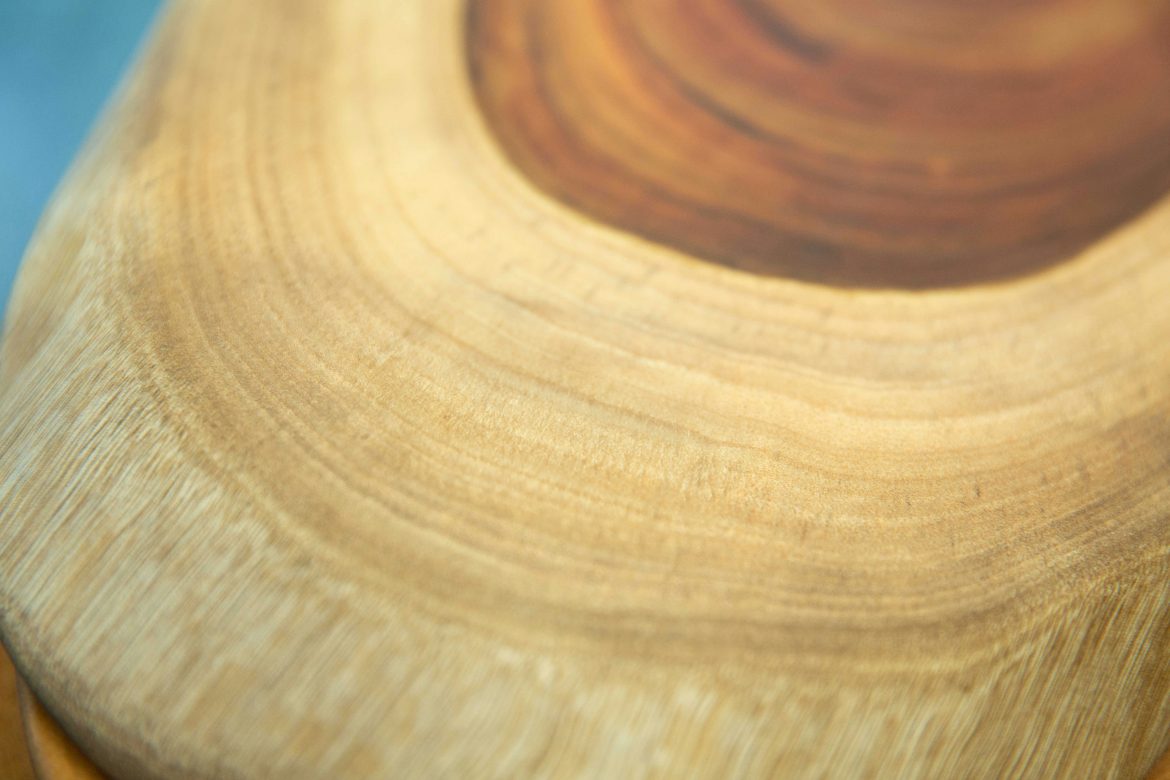Wooden chopping boards can last for years if cleaned correctly. Here’s how to sanitise, deodorise, and care for your board to keep it safe and long-lasting.
ALSO READ: Gadgets and tools that make house cleaning much easier
Why wooden boards need special care
Wooden chopping boards are popular for their durability and natural beauty, but they require proper cleaning to stay hygienic. Unlike plastic boards, wood is porous and can absorb moisture and bacteria if not maintained correctly. With a few simple habits, though, you can keep your board clean, safe, and looking good for years.
The daily clean: soap and hot water
After every use, wash your wooden chopping board by hand with hot water and mild dish soap. Use a sponge or stiff brush to scrub both sides, even if only one was used. Rinse thoroughly and dry with a clean tea towel. Never soak the board or put it in the dishwasher – too much water can cause warping or cracking.
Deeper weekly clean: vinegar or lemon and salt
To deodorise and disinfect naturally, try one of these weekly treatments:
White vinegar: Wipe the board with a cloth dampened with white vinegar. It helps kill bacteria and neutralise odours.
Lemon and coarse salt: Sprinkle coarse salt over the surface and scrub with half a lemon. This combination lifts stains, draws out trapped food particles and leaves the board fresh.
Rinse and dry well after either method.
Removing stains and lingering smells
If your board still has stubborn stains or odours – like garlic or beetroot – make a paste with baking soda and water. Apply it to the affected area, scrub gently, and rinse thoroughly. Always air dry upright to ensure moisture escapes from all sides.
How to oil your board and why it matters
To keep your chopping board from drying out or cracking, it’s important to oil it every few weeks. Use a food-grade mineral oil or specialised board oil (not olive or vegetable oils, which can go rancid). Pour a small amount onto the board and rub it in with a soft cloth or kitchen towel, following the grain. Let it soak in overnight and wipe off any excess before using the board again.
When to replace your board
Even well-cared-for boards can eventually become too worn. If your board has deep grooves that are hard to clean or if it’s splitting, it’s time to replace it. Bacteria can hide in cracks, making it unsafe for food preparation.
ALSO READ:
Do cleaning products expire? What you need to know before using old detergents
Feature Image: Unsplash

